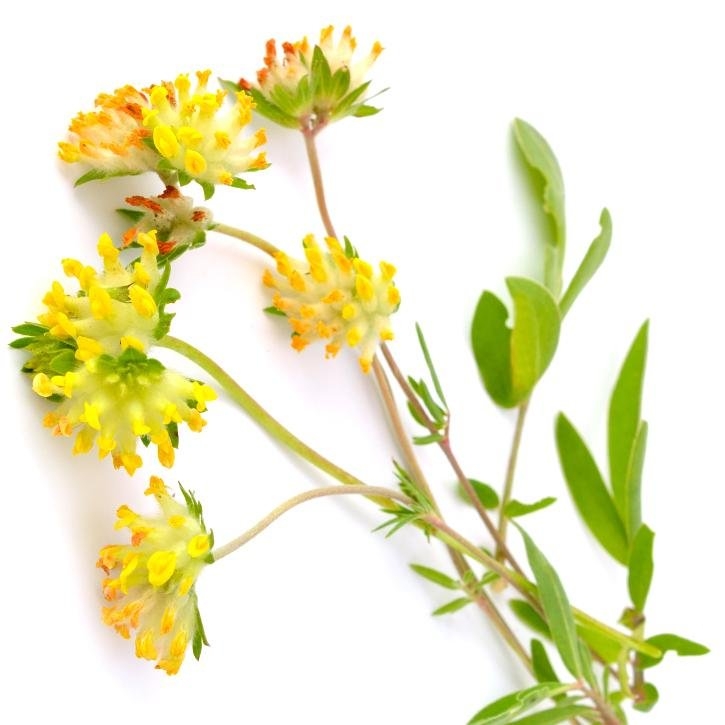Perennial plant, 30-40 cm high, belonging to the Leguminosae family, native to Mongolia and China where it is grown from seed or by propagation. It requires sandy and humid soils and a sunny exposure. It has hairy branched stems separated by 12-18 pairs of leaflets; the leaves, 3-6 cm long, have an elliptic triangular shape, imparipinnate and alternate. The flowers are grouped in inflorescences; the fruits are pods, which enclose the seeds. The roots are cylindrical, flexible, covered by a hard, wrinkled membrane, with a color varying from yellow to brown; the pulp inside has a mild, slightly sweet flavor, often reminiscent of licorice.
Root.
Monografía de la SEFIT (Sociedad Española de Fitoterapia).
Ping Liu, Haiping Zhao, Yumin Luo. Anti-aging implications of Astragalus membranaceus (Huangqi) a well known Chinese tonic. Agind and Disease. Volume 8, Number 6; 868-886, December 2017.
Xiaoxia Li, Lu Qu, Yongzhe Dong, Lifeng Han et al. A review of recent research progress on the Astragalus genus. Molecules 2014 Nov; 19(11): 18850–18880.
Hui Wu, Yan Gao, Hai-Lian Shi et al. Astragaloside IV improves lipid metabolism in obese mice by alleviation of leptin resistance and regulation of thermogenic network. Scientific Reports. Article number: 30190 (2016).
Chao M, Zou D, Zhang Y, Chen Y, Wang M, Wu H, et al. Improving insulin resistance with traditional Chinese medicine in type 2 diabetic patients. Endocrine. 2009; 36 (2): 268-74.
